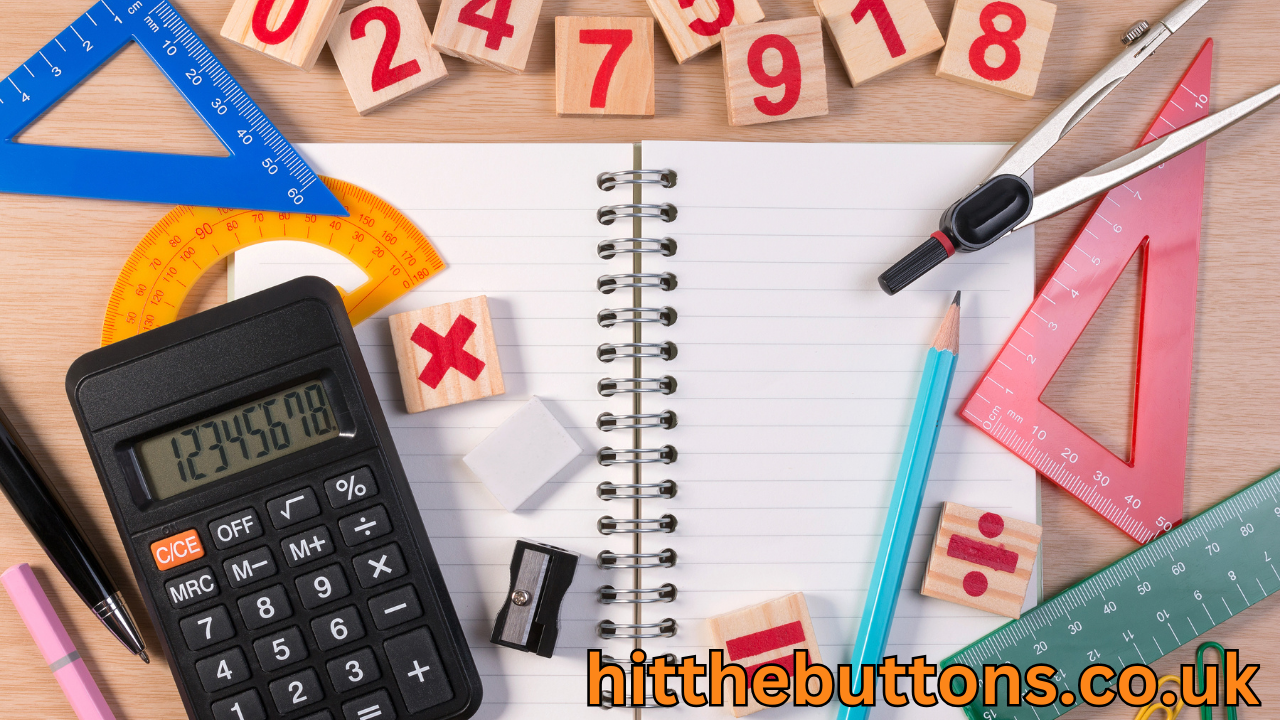Teaching arithmetic has evolved dramatically with the advent of modern tools. Gone are the days of relying solely on chalkboards and textbooks. Today, educators have access to a diverse range of top classroom tools for teaching arithmetic designed to make learning engaging and interactive. These tools cater to various learning styles and abilities, ensuring every student has an opportunity to excel. By incorporating the right mix of resources, teachers can create a stimulating environment that encourages students to excel in arithmetic.
Digital Tools for Arithmetic Learning
Interactive Whiteboards
Interactive whiteboards have transformed the way arithmetic is taught in classrooms.
Features That Make Them a Must-Have
- Visual Learning: Teachers can illustrate arithmetic problems step-by-step.
- Interactive Features: Students can interact directly with content by solving problems on the board.
- Versatility: These boards support multimedia content, including videos and simulations, for a better grasp of concepts.
Arithmetic-Focused Apps and Software
Educational apps are among the most popular tools in modern classrooms.
Examples of Popular Apps for Students
- Khan Academy: Offers comprehensive lessons tailored to different levels.
- Prodigy Math Game: Combines learning with gaming to maintain student interest.
- SplashLearn: Focuses on basic arithmetic skills through engaging activities.
Online Gamified Platforms
Gamification is a powerful way to keep students motivated while learning arithmetic.
How Gamification Enhances Engagement
- Competition: Encourages friendly rivalry among students.
- Rewards: Provides instant feedback and rewards for solving problems.
- Customizable Levels: Tailors challenges to individual abilities.
Physical Tools for Arithmetic Practice
Abacus
The abacus remains a timeless tool for introducing arithmetic concepts.
Timeless Benefits for Learning Basics
- Helps develop a strong foundation in addition, subtraction, and multiplication.
- Enhances mental calculation skills over time.
Base Ten Blocks
Base ten blocks offer a tangible way for students to understand number systems.
Breaking Down Numbers with Visual Aids
- Makes place value concepts clearer.
- Allows hands-on practice for addition and subtraction problems.
Fraction Circles and Bars
These tools simplify the concept of fractions for students.
Simplifying Complex Concepts
- Provides a visual representation of fractions.
- Helps in comparing, adding, and subtracting fractions effectively.
Collaborative Tools for Group Learning
Shared Interactive Displays
Collaborative displays encourage teamwork among students.
Encouraging Team Problem-Solving
- Students can work together on arithmetic challenges.
- Promotes active participation and peer learning.
Math Manipulatives for Groups
Hands-on tools like number cubes and counting beads make group activities more engaging.
Hands-On Learning for Deeper Retention
- Builds a deeper understanding of arithmetic concepts.
- Encourages peer teaching and cooperative learning.
Technology Integration in Arithmetic
Smart Classroom Devices
Smart devices like tablets and laptops are increasingly common in arithmetic lessons.
Tablets and Laptops in Arithmetic Exercises
- Allow access to a variety of apps and resources.
- Enable personalized learning experiences for each student.
Virtual Reality (VR) in Math
Virtual reality offers a cutting-edge approach to teaching arithmetic.
Immersive Learning Experiences
- Simulates real-world scenarios for practical application of arithmetic.
- Makes abstract concepts more tangible and relatable.
Tools for Teacher Support
Grading and Assessment Software
Grading tools save time and provide valuable insights into student performance.
Saving Time with Automated Tools
- Automates test grading and progress tracking.
- Highlights areas where students need additional support.
Professional Development Platforms
These platforms equip teachers with strategies to enhance arithmetic instruction.
Resources for Effective Arithmetic Teaching
- Provide access to workshops and training sessions.
- Offer lesson plans and teaching aids specifically for arithmetic.
The Future of Arithmetic Tools in Classrooms
Trends to Look Out For in EdTech
EdTech is rapidly evolving, with new tools emerging to simplify teaching and learning.
Predicting Innovations in Math Education
- AI-driven personalized learning platforms.
- Advanced gamified apps with adaptive learning capabilities.
Building a Balanced Toolkit
Combining traditional methods with modern technology creates an effective learning environment.
Combining Technology with Traditional Methods
- Ensures a holistic approach to arithmetic education.
- Addresses diverse learning needs effectively.
Conclusion
By leveraging a mix of digital, physical, and collaborative tools, teachers can transform the way arithmetic is taught. These resources not only make learning enjoyable but also help students develop critical thinking and problem-solving skills. The future of arithmetic education lies in embracing innovation while retaining the simplicity of traditional methods.
Top Classroom Tools for Teaching Arithmetic FAQs
-
What are the best digital tools for teaching basic arithmetic?
Interactive whiteboards, apps like Khan Academy, and gamified platforms such as Prodigy Math Game are highly effective.
-
Are traditional tools like the abacus still relevant today?
Yes, tools like the abacus continue to play a valuable role in teaching foundational arithmetic skills.
-
How can teachers integrate group learning tools effectively?
Shared displays and manipulatives encourage collaboration and active participation among students.
-
What role does technology play in simplifying arithmetic?
Technology provides access to interactive apps, virtual reality experiences, and smart devices that make learning more engaging.
-
Are there tools to help students struggling with fractions?
Fraction circles, bars, and specialized apps like SplashLearn can make fractions easier to grasp.
